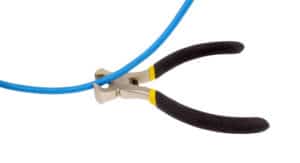 The majority of U.S. states now require ignition interlock devices for all DUI convictions. The rest of the states have interlock requirements that apply to high blood alcohol concentration (BAC), second or subsequent DUIs or convictions with aggravating circumstances, such as child endangerment. The odds are that if you drink and drive, you’ll have an ignition interlock in your future, so when your device goes into lockout mode, you need to act fast and fix the problem before you find yourself with even bigger problems.
The majority of U.S. states now require ignition interlock devices for all DUI convictions. The rest of the states have interlock requirements that apply to high blood alcohol concentration (BAC), second or subsequent DUIs or convictions with aggravating circumstances, such as child endangerment. The odds are that if you drink and drive, you’ll have an ignition interlock in your future, so when your device goes into lockout mode, you need to act fast and fix the problem before you find yourself with even bigger problems.
Ignition interlock devices go into lockout mode for different reasons:
- Failed ignition interlock test. This means your BAC was above the pre-set limit (usually between .02-.03 percent). If you have several test failures upon starting your vehicle or during a rolling retest, your device goes into lockout mode.
- Tampering with your device. If you try to tamper with the device or circumvent it, the interlock goes into lockout mode. Not only that, but the data that is recorded will indicate any tampering, and you could face further consequences in court.
- Missed service appointment. Your device will remind you of a periodic service appointment well in advance. If you ignore your reminder and do not have your device serviced, it will go into lockout mode until your ignition interlock service provider is able to maintain your device as ordered by the court.
Common penalties for ignition interlock violations include an extension of the time in the program or removal from the program and a full license suspension or revocation period.
When you have an ignition interlock lockout, you’re not going anywhere until you get things taken care of. Part of that process will involve transmitting data to your probation officer, program supervisor, or the court that convicted you. Avoiding an interlock lockout situation doesn’t have to be difficult, and is one of the biggest steps toward rebuilding your life after a drunk driving conviction.

Leave a Reply
You must be logged in to post a comment.